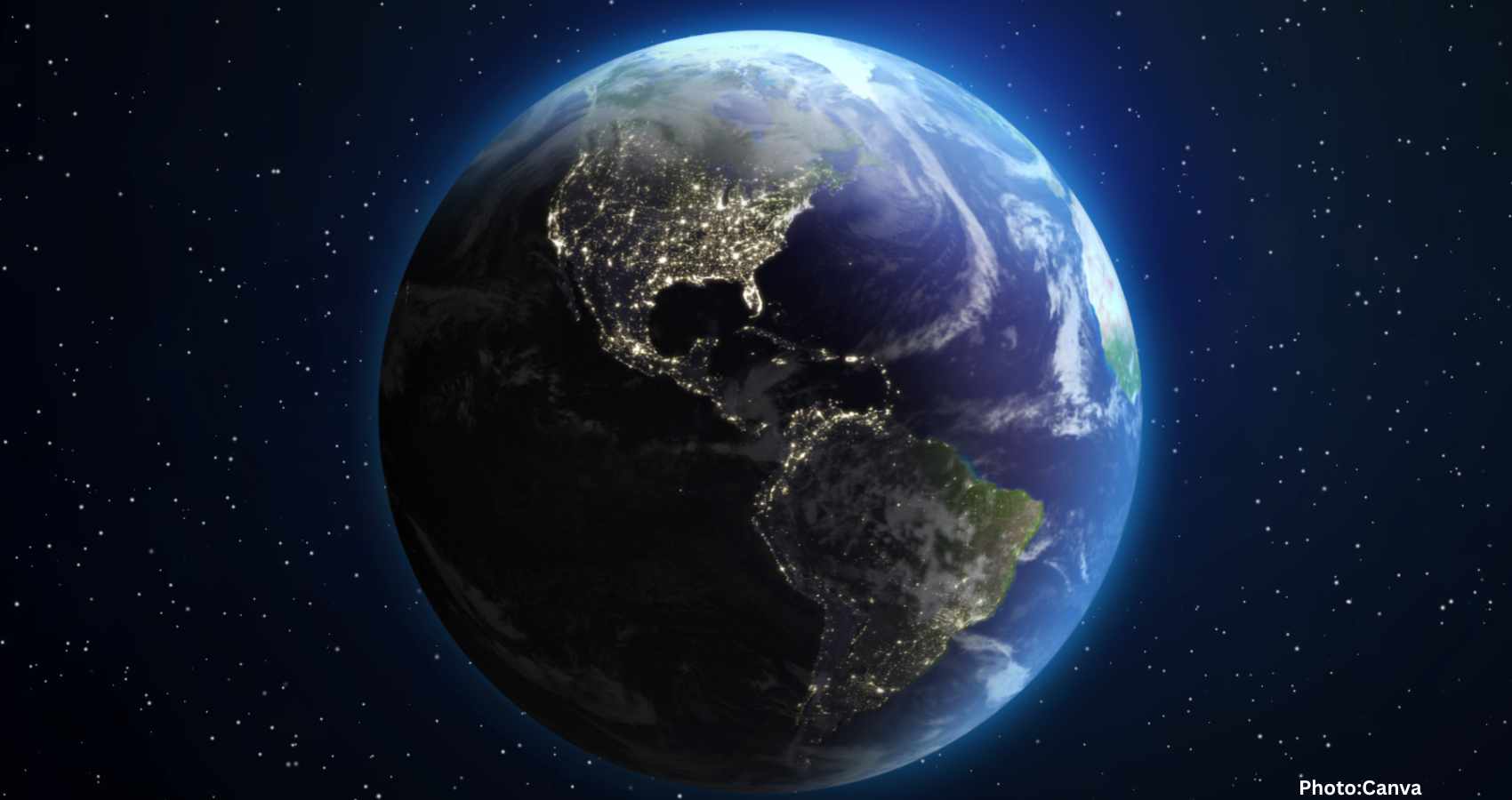This summer, Earth’s rotation has accelerated, causing days to be slightly shorter, a phenomenon largely attributed to lunar gravity.
It’s been a familiar refrain, “how fast the world moves,” but this summer, the world is quite literally moving faster. Recent observations reveal that Earth’s rotation has sped up, leading to slightly shorter days. Though the change is imperceptible without precise instruments, it is scientifically significant, resulting in days that are between 1.3 and 1.5 milliseconds shorter than what we’ve come to know as 24-hour days.
Three specific dates this year—July 9, July 22, and August 5—are notable for being shorter by these minute fractions of time. While these changes may sound trivial, they are intriguing enough to catch the attention of scientists globally.
The phenomenon, while unusual, does not indicate the planet will spin uncontrollably. The primary reason for these changes is the gravitational influence of the Moon on Earth’s rotation. The Moon’s position relative to Earth’s equator affects the planet’s rotational speed. When the Moon is closer, its gravitational pull increases, making Earth spin slightly faster. Conversely, when it is further away, the pull decreases, causing a slower rotation.
Understanding Earth’s rotation speeds has a historical precedent. Billions of years ago, a day on Earth was significantly shorter, lasting approximately 19 hours. Since then, the Moon has gradually moved away from Earth, slowing Earth’s rotation and gradually increasing the length of a day to the current 24-hour cycle. However, scientists have noted a reversal of this trend in recent years. In 2020, Earth experienced its fastest rotation since record-keeping began.
In July 2024, Earth recorded its shortest day ever, measuring a day as 1.66 milliseconds shorter than the usual 24-hour standard. While this brief reduction in time does not affect daily activities, it does require adjustments in timekeeping. Agencies such as the International Earth Rotation and Reference Systems Service (IERS) occasionally add or subtract “leap seconds” to ensure atomic clocks align with Earth’s real rotation period.
Beyond astronomical influences, Earth’s rotational speed can also be impacted by climate change. Factors such as the melting of polar ice, which increases surface water, redistributes Earth’s mass, affecting its rotational dynamics. Researchers have found that climate change contributes to the increment of day length by about 1.33 milliseconds per century.
Even seasonal changes like leaf growth in summer can contribute to variations in Earth’s rotation. As vegetation grows during the northern hemisphere’s summer, it changes the surface mass distribution, further affecting rotational speed.
Looking to the future, any noticeable changes in day length are far beyond our lifetime, taking millions of years to manifest. However, understanding these shifts contributes to a broader knowledge of Earth’s interactions with cosmic and environmental factors.
The continued study of Earth’s rotational speed is crucial, not for any immediate concern of the planet spinning us into oblivion, but as part of the meticulous tracking and understanding of the planet’s dynamics. So while the differences in day length are minute, each millisecond contributes to an ongoing dialogue between Earth and the cosmos.
According to Union Rayo

